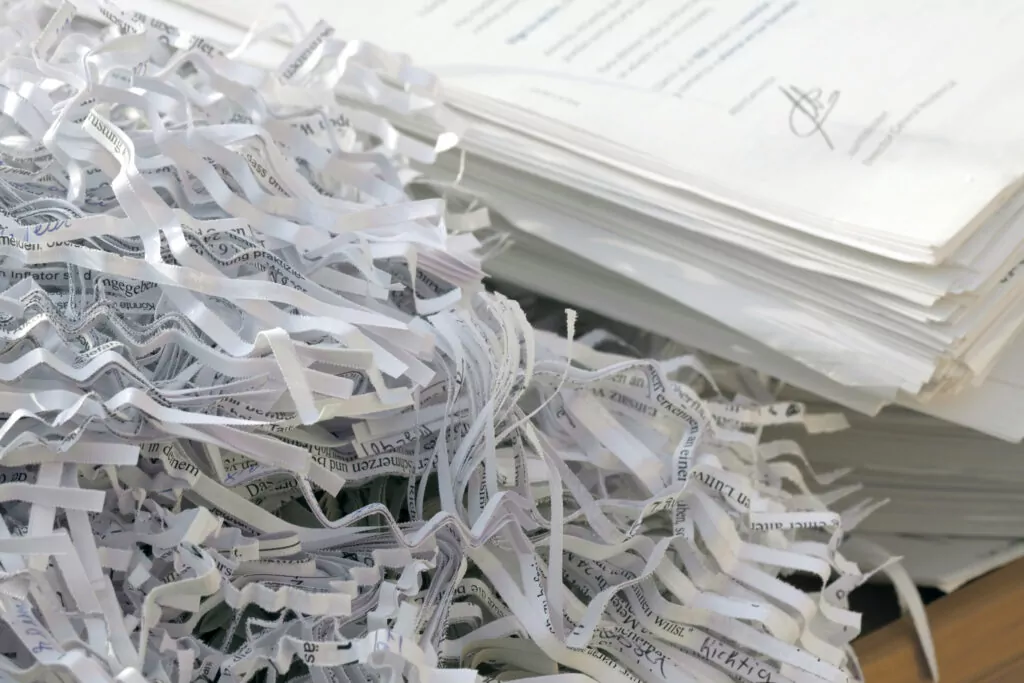The Growing Need to Reduce Paper Usage
As businesses aim to streamline operations, cut costs, and minimize environmental impact, reducing paper dependence has become a priority. The shift to digital workflows not only improves efficiency but also decreases expenses on paper, ink, and storage while promoting sustainability.
Key Benefits of Going Paperless
1. Cost Savings
- Reduced expenses on paper, ink, and printing equipment.
- Lower costs associated with physical document storage and retrieval.
2. Improved Efficiency
- Faster document access through digital storage solutions.
- Enhanced collaboration via cloud-based platforms, allowing real-time document sharing.
3. Environmental Impact
- Reduced deforestation and lower carbon footprint.
- Decreased energy consumption associated with paper production and disposal.
Steps to Reduce Paper Dependence
1. Digitize Existing Paper Records
- Scan physical documents into digital formats.
- Store files securely in cloud-based platforms such as Google Drive, Dropbox, or OneDrive.
- Implement Optical Character Recognition (OCR) for easy document retrieval.
2. Implement Paperless Workflows
- Use electronic signatures (e.g., DocuSign, Adobe Sign) for contract approvals.
- Replace printed forms with online forms and digital data collection tools.
- Automate document approvals through project management platforms like Asana and Monday.com.
3. Utilize Digital Communication Tools
- Shift from printed memos and letters to email and instant messaging apps.
- Use project management software (e.g., Trello, Basecamp) instead of printed reports.
- Implement digital invoices and billing systems such as QuickBooks or FreshBooks.
4. Minimize Printing Needs
- Set default printer settings to double-sided printing.
- Encourage employees to use digital note-taking apps (e.g., Evernote, OneNote) instead of physical notebooks.
- Adopt electronic document sharing instead of distributing printed copies.
5. Educate and Incentivize Employees
- Provide training on digital tools to ensure seamless adoption.
- Recognize departments that achieve significant reductions in paper use.
- Set company-wide goals for reducing paper consumption and track progress.
Tracking and Monitoring Paper Usage
1. Use Paper Tracking Tools
- Implement software like PaperCut to monitor printing habits and reduce unnecessary printing.
- Generate reports on paper usage and identify areas for improvement.
2. Set Benchmarks and Targets
- Establish achievable paper reduction goals (e.g., 30% decrease within a year).
- Compare usage trends to measure progress and adjust strategies accordingly.
3. Regularly Evaluate Digital Transformation Efforts
- Conduct annual reviews to assess the success of paperless initiatives.
- Gather feedback from employees to refine digital workflows.
Reducing paper dependence is not only a cost-effective strategy but also a vital step toward sustainability. Partnering with a professional records management company can facilitate the transition by providing secure document storage, scanning, and shredding services.
Secure Records Solutions specializes in helping legal, healthcare, government, financial or educational organizations adopt digital workflows while maintaining compliance and security. To take the next step toward a paperless future, contact us at 800-614-0856.



